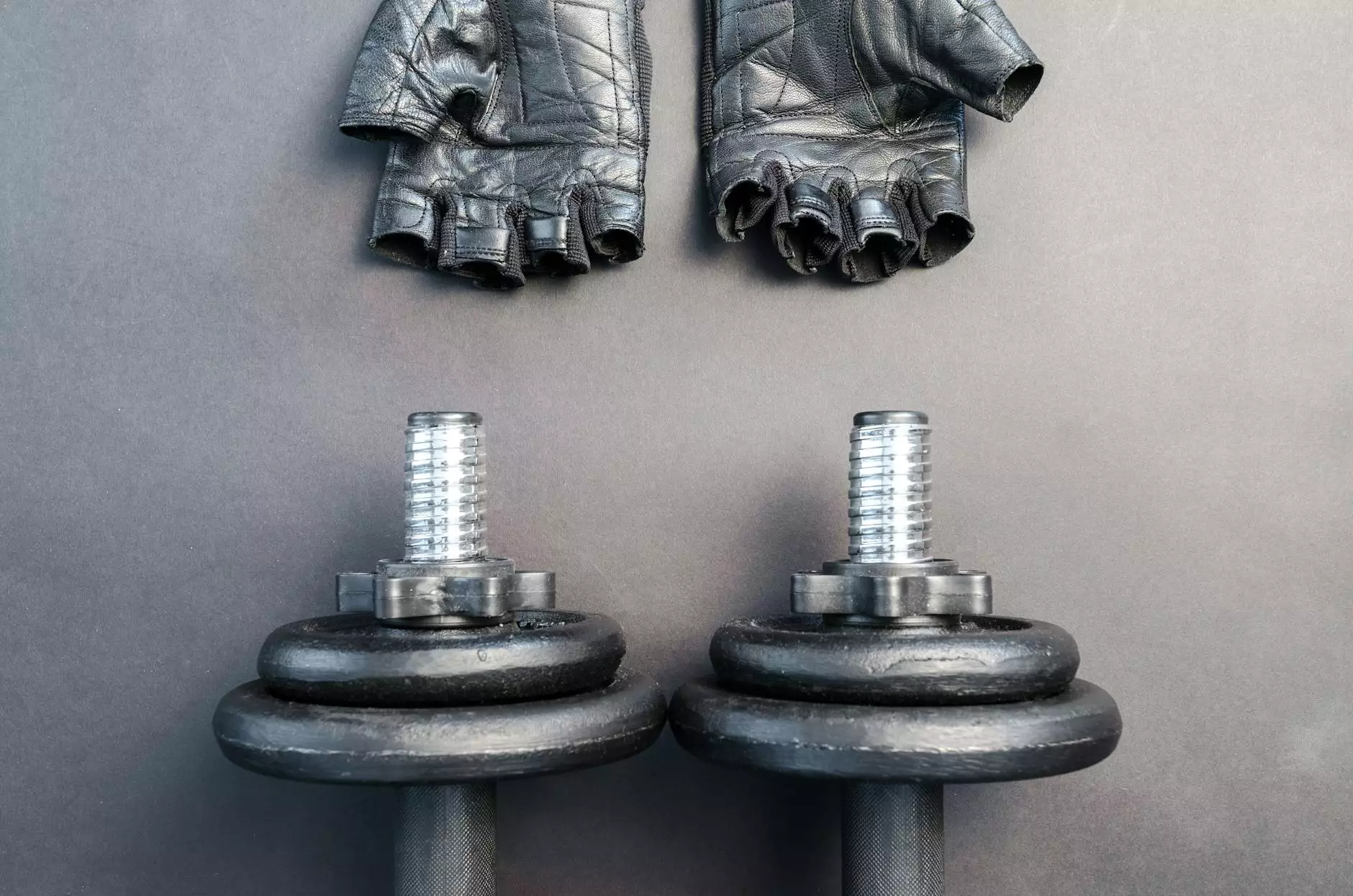Understanding Shoulder Pain on External Rotation

Shoulder pain is a common affliction that can significantly impact an individual's quality of life. Among the various types of shoulder pain, shoulder pain on external rotation is particularly noteworthy. This condition can arise from a variety of factors, and understanding its origins, symptoms, and treatments is crucial for effective management and recovery.
The Anatomy of the Shoulder
Before diving into the specifics of shoulder pain on external rotation, it is important to understand the anatomy of the shoulder. The shoulder joint, known as the glenohumeral joint, is a ball-and-socket joint that offers a large range of motion. Key components include:
- Humerus: The upper arm bone that fits into the glenoid cavity of the shoulder blade.
- Scapula: Also known as the shoulder blade, it includes the acromion and coracoid process.
- Clavicle: The collarbone that connects the arm to the body.
- Rotator Cuff Muscles: A group of four muscles and their tendons that stabilize the shoulder and enable its movement.
Understanding Shoulder Pain on External Rotation
When the shoulder is externally rotated, the humerus is rotated outward away from the body. This movement is essential for various activities such as throwing, swimming, and reaching. However, pain during this motion can indicate underlying issues. The pain may vary in intensity and can often be exacerbated by activities that require overhead lifting or reaching.
Common Causes of Shoulder Pain on External Rotation
Several conditions can lead to shoulder pain on external rotation. Understanding these can provide insight into appropriate treatment options:
- Rotator Cuff Injuries: Tears or inflammation of the rotator cuff tendons can cause pain during external rotation.
- Shoulder Impingement Syndrome: This occurs when the shoulder tendons become irritated and inflamed as they pass through the shoulder joint, leading to pain during movement.
- Frozen Shoulder (Adhesive Capsulitis): This condition results in stiffness and pain, significantly limiting the range of motion, especially in external rotation.
- Labral Tears: Damage to the cartilage that surrounds the shoulder joint can lead to pain and instability.
- Tendonitis: Inflammation of the shoulder tendons can cause pain during overhead activities.
Symptoms Associated with Shoulder Pain on External Rotation
The symptoms can vary depending on the underlying cause, but common signs of shoulder pain on external rotation include:
- Pain: Often felt on the outside of the shoulder that can be sharp or dull.
- Weakness: Difficulty lifting or reaching overhead.
- Range of Motion Limitations: Reduced ability to move the arm away from the body.
- Stiffness: A tight feeling in the shoulder, especially after periods of inactivity.
- Swelling: Inflammation around the shoulder joint may occur.
Diagnosis of Shoulder Pain on External Rotation
Accurate diagnosis is key to effective treatment. Healthcare professionals typically utilize the following methods:
- Medical History and Physical Examination: A thorough history of symptoms and a physical exam to assess range of motion and strength.
- Imaging Tests: X-rays, MRI, or ultrasound may be performed to examine the structures of the shoulder in detail.
- Diagnostic Injections: These can help determine if the pain originates from a specific structure in the shoulder.
Treatment Options for Shoulder Pain on External Rotation
Treatment for shoulder pain on external rotation should be tailored to the individual and the specific cause of the pain. The following treatments are commonly recommended:
Conservative Management
Most cases of shoulder pain can be managed with non-surgical treatments. These include:
- Rest: Giving the shoulder time to heal by avoiding activities that worsen the pain.
- Cold Therapy: Ice packs can reduce swelling and relieve pain.
- Physical Therapy: Tailored exercises to strengthen the shoulder and improve flexibility.
- Anti-inflammatory Medications: Non-steroidal anti-inflammatory drugs (NSAIDs) can help alleviate pain and swelling.
Surgical Options
If conservative treatments are unsuccessful, surgical interventions may be necessary. These procedures can include:
- Arthroscopy: A minimally invasive surgery to repair tears in the rotator cuff or labrum.
- Open Surgery: More extensive repairs may be warranted in severe cases.
- Joint Replacement: In cases where the shoulder joint is severely damaged, a replacement may be considered.
Rehabilitation and Recovery
Rehabilitation is a crucial part of recovery from shoulder pain on external rotation. It often involves:
- Therapeutic Exercises: Exercises to restore strength and mobility.
- Gradual Return to Activity: Incorporating daily activities and sports gradually and mindfully to avoid re-injury.
- Regular Follow-Ups: Monitoring progress with a healthcare provider.
Preventing Shoulder Pain on External Rotation
Prevention is always better than cure. Here are some strategies to minimize the risk of developing shoulder pain on external rotation:
- Warm-Up Properly: Engage in dynamic stretches before physical activities, especially those involving the shoulders.
- Strengthening Exercises: Focus on exercises that build the muscles around the shoulder and the core.
- Maintain Posture: Good posture reduces strain on the shoulder during various activities.
- Ergonomic Adjustments: Ensure workspaces are set appropriately to prevent shoulder strain.
- Avoid Repetitive Overhead Activities: Take frequent breaks during activities that require overhead movements.
Conclusion
Shoulder pain on external rotation can be a debilitating issue that affects many aspects of daily life. However, with proper understanding, diagnosis, and treatment, it is possible to manage and often completely resolve this condition. Always consult with healthcare professionals at specialized institutions, such as IAOM-US, for personalized advice and treatment options.
In conclusion, by being proactive about shoulder health and taking preventive measures, individuals can not only manage existing pain but also significantly reduce the risk of future injuries. The importance of awareness and education on this topic cannot be overstated for maintaining a healthy, active lifestyle.









